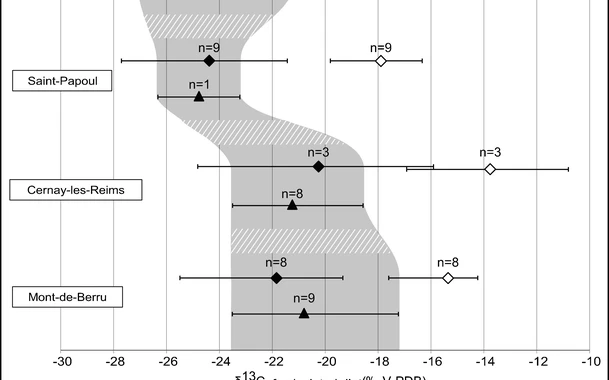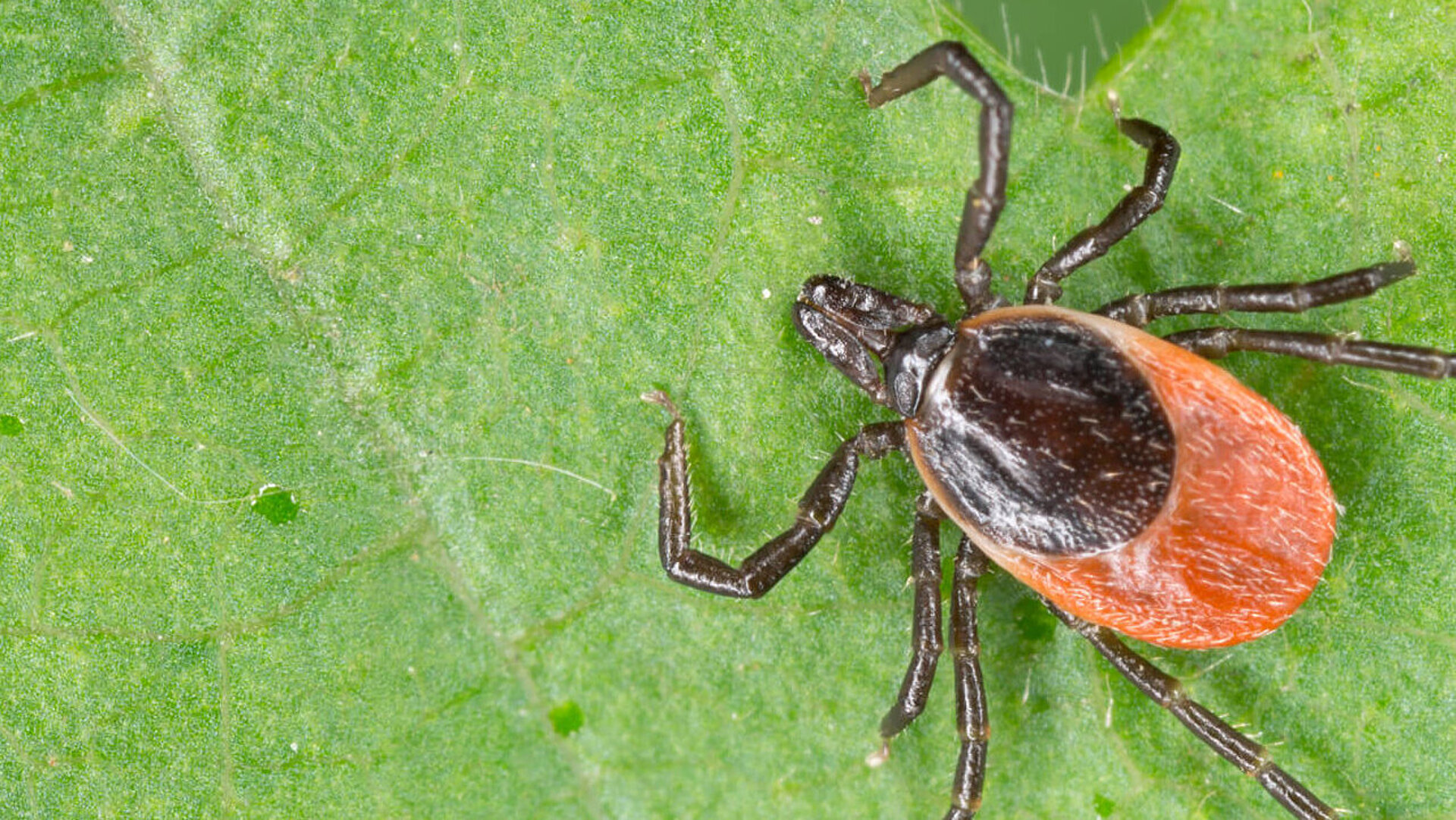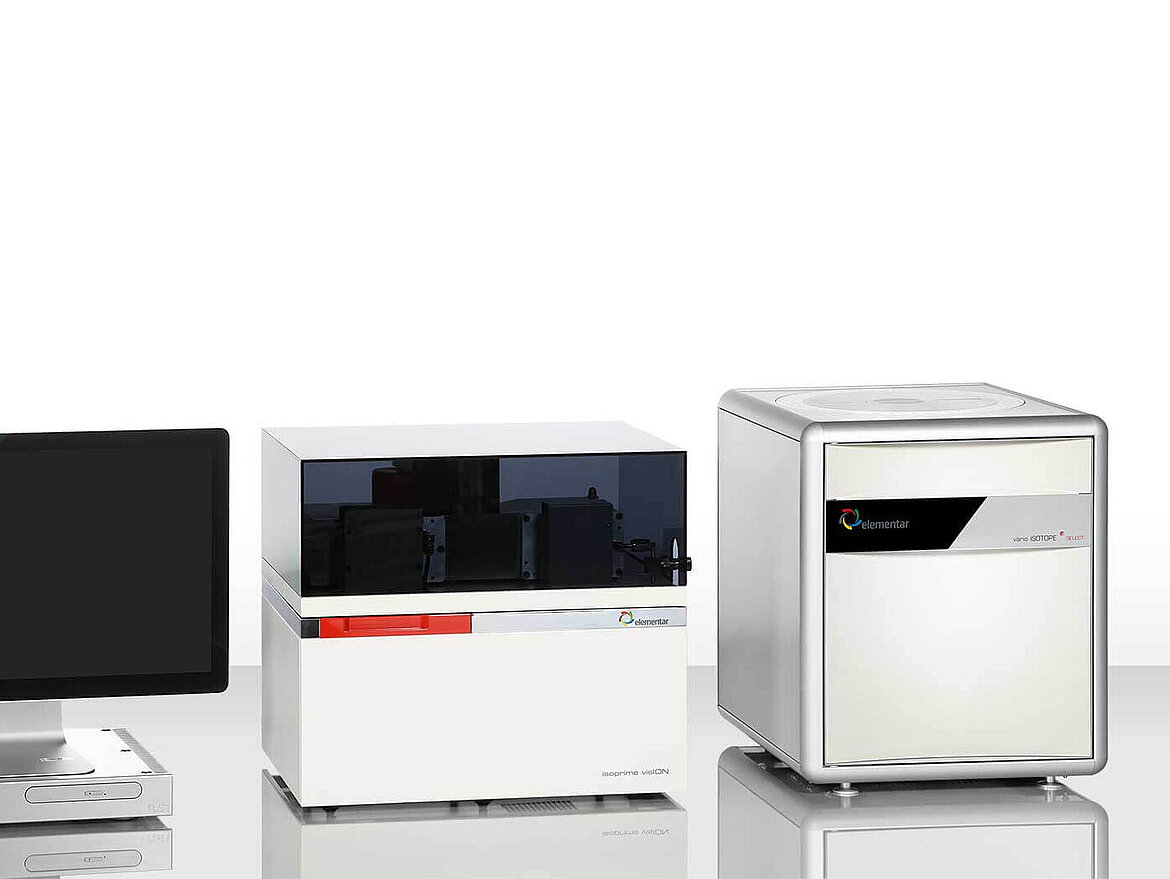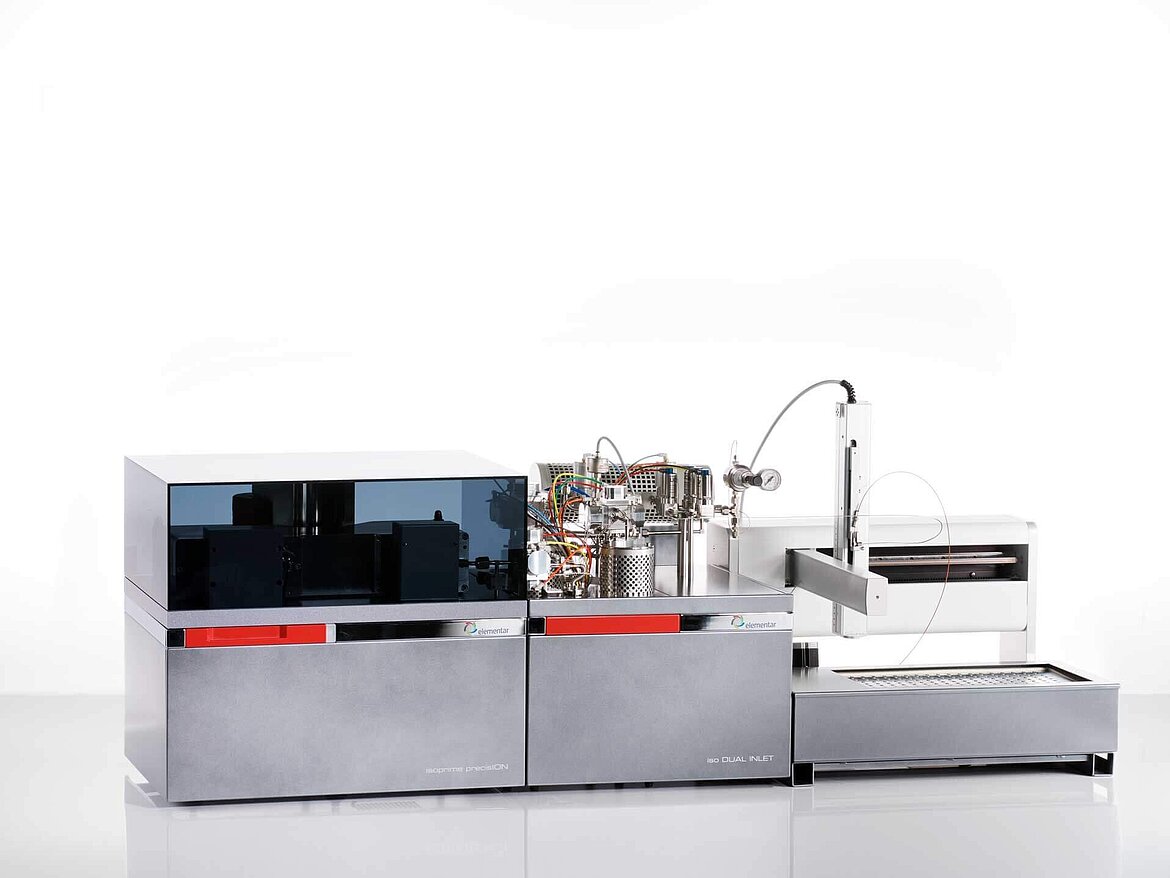Isotopic and anatomical evidence of an herbivorous diet in the Early Tertiary giant bird Gastornis. Implications for the structure of Paleocene terrestrial ecosystems
D. Angst1, C. Lécuyer1,2, R. Amiot1, E. Buffetaut3, F. Fourel1, F. Martineau1, S. Legendre1, A. Abourachid4, A. Herrel4,5
1UMR 5276 Laboratoire de Géologie de Lyon, Terre, Planètes et Environnement, Université Claude Bernard Lyon 1 / CNRS / Ecole Normale Supérieure de Lyon, 69622, Villeurbanne Cedex, France
2Institut Universitaire de France, 103 Boulevard, Saint-Michel, 75005, Paris, France
3Centre National de la Recherche Scientifique, UMR 8538, Laboratoire de Géologie de l’Ecole Normale Supérieure, 75231, Paris Cedex 05, France
4UMR 7179 / CNRS / MNHN Département d’Ecologie et de Gestion de la Biodiversité, Case postale 55, 75231, Paris Cedex 05, France
5Evolutionary Morphology of Vertebrates, Ghent University, K.L. Ledeganckstraat 35, 9000, Gent, Belgium
The giant bird, Gastornis was the largest terrestrial tetrapod during the Paleocene in Europe, although also found in America and Asia where herbivorous mammals were the largest animals. The biology of this giant bird has long been a matter of controversy. Often it has been reconstructed as an apex predator, preying on small land mammals, although according to other interpretations it was a large herbivore. Carbon stable isotope analysis and a morphological were used to determine the diet of Gastornis.
Carbon isotope (δ13C) compositions of bone apatite from both Gastornis and contemporary herbivores were analyzed using a MultiFlow (now iso FLOW) with an IsoPrime100 continuous flow isotope ratio mass spectrometry (CF -IRMS). Samples of organic matter (bird food - δ13C) were analyzed using vario PYRO cube® EA-IRMS system. The vario PYRO cube uses patented Advanced Purge and Trap (APT) chromatography for perfect peak separation without overlap and automatic optimization of analysis time. It can be used for both combustion and pyrolysis conditions, allowing a single instrument to encompass a broad range of applications. Precision for δ13C values was ±0.1 ‰. Samples of eggshell carbonate from modern Ostriches were analyzed using a dual inlet (DI-IRMS) system [e.g., the iso DUAL INLET]. The iso DUAL INLET delivers the highest precision analysis of pure gases, carbonate and water analysis. Aliquots of 350 µg of eggshell carbonate were run in duplicate and adjusted to international standards with an external reproducibility of ±0.1 ‰.
The carbon isotope compositions of the bones, teeth and eggshells are related to those of their food, with 13C enrichment dependent on digestive physiology. Carbon isotope analysis alongside reconstructed jaw musculature from Gastornis indicates that it fed on plants and was similar to modern herbivorous birds. This implies that the Paleocene ecosystem of Europe may have been like large islands such as Madagascar or New Zealand prior to human arrival.
Please find the full paper here: https://doi.org/10.1007/s00114-014-1158-2





